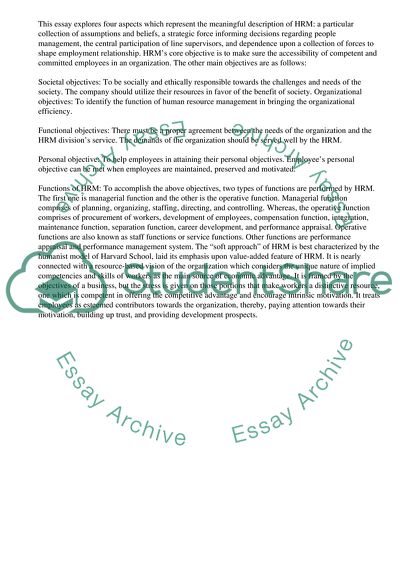Cite this document
(“Investigation of Equality and Diversity Strategy in an Organisation Essay - 2”, n.d.)
Investigation of Equality and Diversity Strategy in an Organisation Essay - 2. Retrieved from https://studentshare.org/management/1663174-investigation-of-equality-and-diversity-strategy-in-an-organisation
Investigation of Equality and Diversity Strategy in an Organisation Essay - 2. Retrieved from https://studentshare.org/management/1663174-investigation-of-equality-and-diversity-strategy-in-an-organisation
(Investigation of Equality and Diversity Strategy in an Organisation Essay - 2)
Investigation of Equality and Diversity Strategy in an Organisation Essay - 2. https://studentshare.org/management/1663174-investigation-of-equality-and-diversity-strategy-in-an-organisation.
Investigation of Equality and Diversity Strategy in an Organisation Essay - 2. https://studentshare.org/management/1663174-investigation-of-equality-and-diversity-strategy-in-an-organisation.
“Investigation of Equality and Diversity Strategy in an Organisation Essay - 2”, n.d. https://studentshare.org/management/1663174-investigation-of-equality-and-diversity-strategy-in-an-organisation.


